I am facilitating a weekly study group of Julia Cameron’s The Artist’s Way. We’re on week five now, with the goal of discovering a renewed sense of possibility and honoring the true self.
It is my second time through this material. The first time, I was completely blocked. I had just closed my photography business after a several-year-long slide into creative depression (more on that another time). My big win from reading The Artist’s Way and completing the exercises was to create again. Afterward, I was inspired to design a framework and course to help other photographers avoid the pit I’d fallen into and, on a more personal note, I found a love for watercolor painting and other new creative outlets.
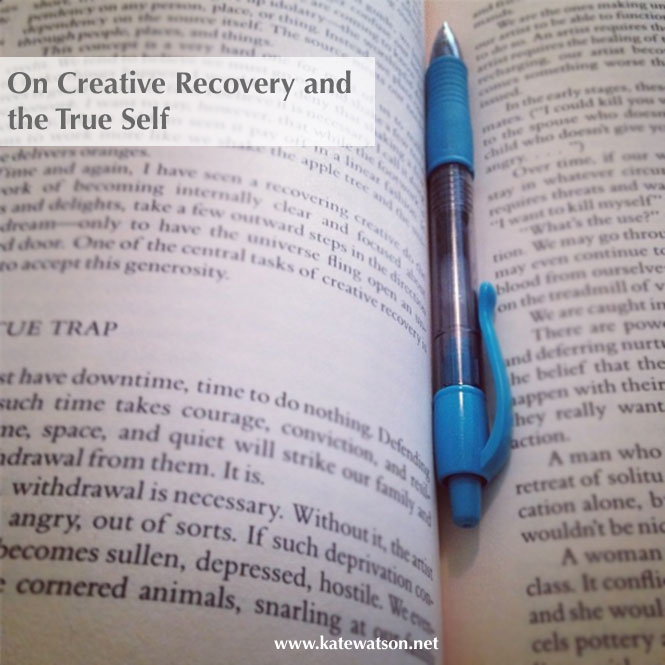
This time around, my goal was to be able to shoot again and, a few weeks ago, I would have told you I’d been cured. Not only did I shoot a family session for a friend, but I’d also done one for a paying client. Success, right? Not so fast.
As Julia writes, “[Blocked creatives] strive to be good, to be nice, to be helpful, to be unselfish. We want to be generous, of service, to the world. But what we really want is to be left alone.” Yep.
I’d lost myself the first time by trying to be what others wanted me to be and I almost did it again the same way. Well, same same but different, as we learned to say in Thailand. Another take on an old lesson.
I have a nasty tendency to be the good girl—to say “yes” when I mean “no,” to sacrifice what I want for others’ happiness, to avoid conflict for as long as humanly possible, and to trust others’ opinions over my own. It’s what is expected from nice Southern girls.
I was so proud of myself last week when I told a friend that I didn’t want to shoot her head shots. Before, I would have done it and hated every minute. Instead I said, “Because I love you, I’ll tell you no.”
But when there was a misunderstanding between my new photography clients and me, I wanted to “yes” my way out of it. I created new packages in the hope they’d meet their needs. I compromised policies. I still couldn’t fix it.
I turned to my husband and doing so triggered even more stress. For a few days there, I just wanted to quit, to accept that “photography isn’t right for me” and that people don’t value it, a refrain I’ve often heard from photographer friends. Well, maybe so, maybe not. But there’s a bigger lesson at stake here:
Learning to heed my own creative voice and trust my own wisdom, whatever the outcome. To trust myself.
For a while now, I’ve been working on listening to my intuition but, every time I had a doubt or was confused, I ran back to my uber logical husband for validation. But the next step isn’t always logical.
When hubby suggested that I stay the course with my current business, to be “consistent” rather than follow my growing interest in another field, I listened. However, I still felt drawn to the other path and wondered how I was going to balance old and new.
There is “a sense of movement, a current of change” in that new area of my life. And I’m beginning to believe that “this current, or river, is a flow of grace moving [me] to [my] right livelihood, companions, destiny,” as Julia suggests. There is an ease to that path, a sense of rightness.
With my old friend photography, I had one moment of synchronicity followed by a lot of stress. That alone isn’t a deal breaker, but I’m going to heed it as a warning and learn what I can from the experience.
I’ve never known whether it’s better to follow the ease or if you must fight for what you want. The answer is probably a little bit of both. I think the first step on the journey is to make more space to hear my own wisdom about the next step, whether it’s following or fighting. Therefore:
I, Kate, now promise to stop relying on my husband and other people to tell me what I should do. Instead, I promise to make space to hear my own internal guide and honor my true self.
That is the next step in my creative recovery.
As Julia says, “The true self is a disturbing character, healthy and occasionally anarchistic, who knows how to play, how to say no to others and ‘yes’ to itself.” I’m looking forward to becoming better acquainted with her.
If you, too, would like to become better acquainted with your true self, The Artist’s Way suggests that you ask yourself this question: What would I try if it weren’t too crazy? Go ahead, make a list. According to Julia, “If your list looks pretty exciting, even if crazy, then you are on the right track. These crazy notions are actually voices from our true self.”
So, what did you discover? Share an idea from your list o’ crazy in the comments.
Cheers,

P.S. Just so you know you’re in good company, here are a few of mine:
- Start a social enterprise.
- Begin the fost-adopt process now instead of next year.
- Post my full photography price list online and allow the cards to fall where they may.







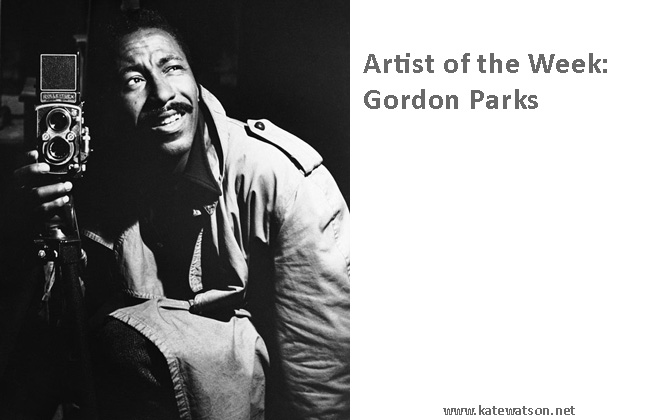
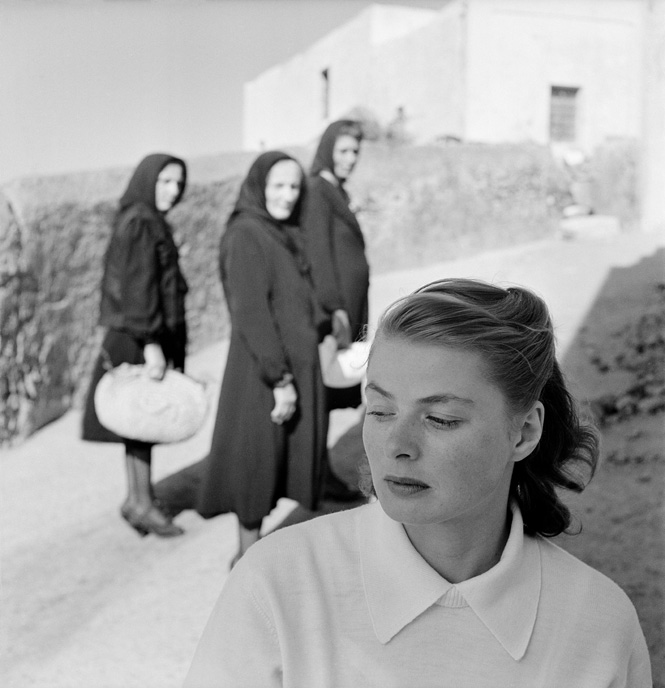

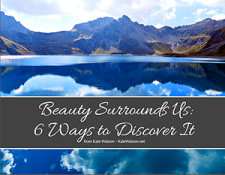
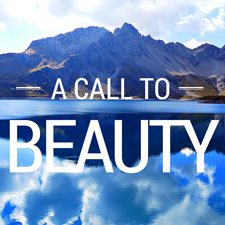
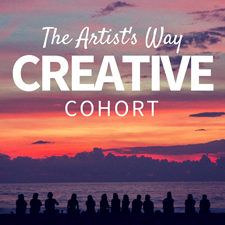
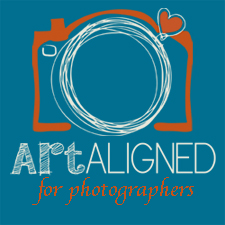






On Choice and Making Time » KateWatson.net - […] of the other gals in our Artist’s Way group shared last week that her husband didn’t think our practice was worth her time. He sees […]